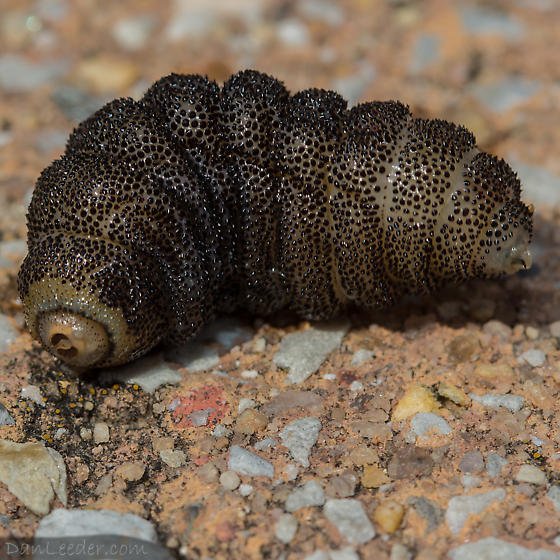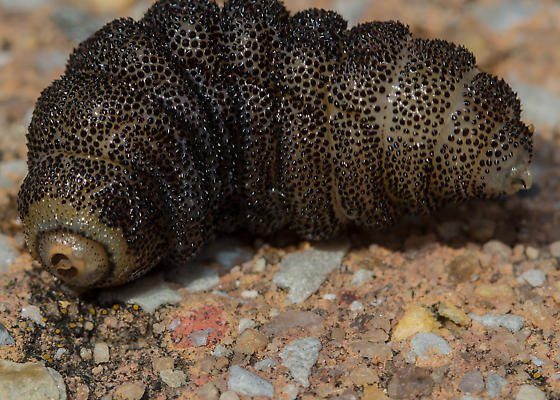
Now, before your imagination runs wild, let’s unpack what wolf worms are, how they live, and why understanding them can make you a bit more aware of nature’s quirks. Picture yourself at your local park, watching animals play, when suddenly, you’re hit with the thought: “What else could be happening beneath the surface?” That’s where wolf worms come in, and we’re diving deep into their world.
What Are Wolf Worms?
Wolf worms are the larvae of **cutaneous myiasis**, a condition caused by certain species of botflies. Specifically, the term often refers to the larvae of the **Wohlfahrtia species** that typically infect mammals, including dogs and wild animals. These little creatures can be a bit gruesome as they burrow into the skin of their hosts, leading to discomfort and irritation.
You might be wondering how these larvae end up inside animals. The adult botflies are clever. They lay their eggs near the entrance of burrows or on the fur of animals. When the host gets close, the warmth triggers the eggs to hatch, and that’s when the larvae invade. It’s like a twisted game of hide and seek, where the larvae win every time.
So, why should you care about wolf worms? Understanding these larvae is crucial for animal health. Infected animals can experience pain, infections, and even serious health issues if not treated promptly. Let’s take a closer look at different aspects of these curious little invaders.
How Do Wolf Worms Affect Animals?
Wolf worms can cause a range of issues for their hosts. Once inside, they create a tunnel in the skin where they live, feeding on the host’s tissues. This can lead to an array of symptoms, including swelling, redness, and irritation around the entry point. Imagine a bee sting but way more bothersome.
Some animals might show signs of distress, such as excessive scratching or biting at the affected area. If you’re a pet owner, keeping an eye on your furry friends is essential. If they seem uncomfortable or are acting differently, it could be worth a vet visit.
In more severe cases, the presence of wolf worms can lead to serious infections. An unattended infestation may cause abscesses or even systemic infections if bacteria enter the bloodstream. That’s why it’s important to address any signs of infestation early.
Identifying Wolf Worm Infestations
Identifying an infestation might not be as straightforward as you think. While the classic signs—like swelling and irritation—are key indicators, wolf worms often hide quite well. You’ll want to look for small lumps under the skin, which can be a clear sign something is amiss.
Here’s a simple way to check for these pesky invaders:
- Inspect your pet’s skin regularly, especially in warmer months.
- Look for any unusual lumps or bumps.
- Check for signs of discomfort, like excessive scratching or biting.
If you suspect an infestation, it’s highly recommended to seek veterinary care. The vet will likely conduct a thorough examination and may even use imaging techniques to confirm the presence of larvae.
Treatment Options for Wolf Worms
If you discover that your pet is indeed harboring wolf worms, don’t panic. Treatment usually involves removing the larvae. A veterinarian will typically perform a procedure to extract the larvae, which can be a straightforward process.
Here are some common treatment steps:
- Local Anesthesia: The vet may numb the area to reduce discomfort during the removal.
- Surgical Removal: The larvae are carefully extracted, often through an incision or by applying pressure to the surrounding skin.
- Antibiotics: Post-removal, your vet might prescribe antibiotics to prevent infection.
It’s also important to monitor the site after treatment. If you notice any swelling or signs of infection in the following days, reach out to your vet for further advice.
Preventing Wolf Worm Infestations
Prevention is always better than cure, right? To keep wolf worms at bay, there are a few proactive steps you can take, especially for pets:
- Regular Grooming: Regularly brushing your pet’s fur can help you spot any unusual lumps early.
- Limit Exposure: This is especially crucial in areas with high levels of botfly activity, such as forests or fields.
- Vaccinations: Although there’s no vaccine specifically for wolf worms, keeping your pet’s overall health in check can boost their immune system.
You might also consider consulting your vet about preventive treatments. They can suggest specific products that deter botflies and other pests.
Understanding the Botfly Lifecycle
Knowing how wolf worms develop can help you understand their life cycle better. Adult botflies typically lay their eggs on or near hosts, and the larvae hatch, seeking entry into the skin. Once they’ve burrowed in, they can grow and develop over several weeks.
This lifecycle gives insight into when infestations are most likely. The warmer months are prime time for botflies, so extra vigilance during summer can pay off.
If you’re keen on animal health, keeping tabs on these cycles isn’t just informative; it helps you take action to protect your pets.
Wolf worms may sound a bit creepy, but understanding them is vital for animal care. These larvae can cause significant discomfort and even health risks for their hosts. By learning how to identify and treat infestations, you can help your furry friends stay healthy and happy.
Remember, regular check-ups and preventive care can go a long way in keeping these pesky invaders at bay. The next time you’re out enjoying nature, you might just find yourself thinking a little deeper about what’s going on beneath the surface. But as long as you stay informed and proactive, your furry companions will be just fine!

